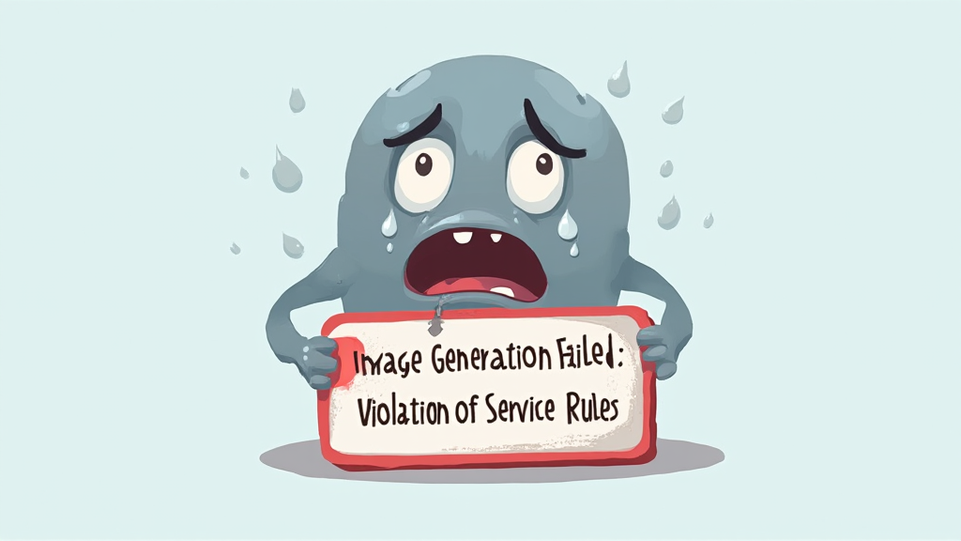Introduction to Inflation and Its Impact on Savings
Understanding Inflation: Causes and Effects
Inflation is the rate at which the general level of prices for goods and services rises, eroding purchasing power. This phenomenon can significantly impact savings, as the real value of money diminishes over time. For instance, if inflation is at 3% annually, a savings account yielding 1% interest effectively results in a loss of purchasing power.
Consider the following effects of inflation on savings:
These factors compel individuals to seek alternative investment strategies. Diversifying into assets like stocks or cryptocurrencies may offer better returns. It’s crucial to stay informed. Knowledge is power.
The Historical Context of Inflation and Savings
Throughout history, inflation has influenced savings behavior significantly. For example, during the 1970s, many countries experienced stagflation, where high inflation coincided with stagnant economic growth. This led to a decline in real savings rates. People felt the pinch.
Consider these historical impacts:
These events illustrate the importance of adaptive financial strategies. Awareness is essential. Stay vigilant about economic trends.
The Role of Cryptocurrency in Inflationary Times
How Cryptocurrencies Can Hedge Against Inflation
Cryptocurrencies offer a unique hedge against inflation due to their decentralized nature and limited supply. For instance, Bitcoin’s capped supply of 21 million coins creates scarcity, which can preserve value during inflationary periods. This is crucial for investors.
Additionally, cryptocurrencies operate independently of traditional financial systems. They can provide a refuge when fiat currencies depreciate. Many investors are turning to digital assets. Awareness is key.
Comparing Cryptocurrencies to Traditional Assets
Cryptocurrencies and traditional assets serve different purposes in an investment portfolio. While traditional assets like stocks and bonds are subject to market fluctuations and economic cycles, cryptocurrencies offer a distinct risk-reward profile. Their volatility can lead to significant gains or losses. This is a double-edged sword.
Moreover, cryptocurrencies are not tied to any central authority, which can provide a hedge against government-induced inflation. This independence is appealing to many investors. Diversification is essential.
Strategies for Protecting Your Savings
Diversification: Spreading Risk Across Assets
Diversification is a critical strategy for managing investment risk. By allocating assets across various classes, such as stocks, bonds, and cryptocurrencies, investors can mitigate potential losses. This approach reduces exposure to any single asset’s volatility. It’s a smart move.
Consider these diversification strategies:
These tactics can enhance overall portfolio stability.
Investing in Inflation-Resistant Assets
Investing in inflation-resistant assets is eswential for preserving wealth. He should consider commodities, real estate, and inflation-linked bonds. These assets typically maintain value during inflationary periods. They can provide a buffer against rising prices.
For example, commodities like gold often appreciate when inflation rises. Real estate can generate rental income that adjusts with inflation. Inflation-linked bonds offer returns that increase with the consumer price index. This is a prudent strategy. Diversification is paint.
Utilizing Stablecoins for Stability
What Are Stablecoins and How Do They Work?
Stablecoins are digital currencies designed to maintain a stable value, typically pegged to a fiat currency like the US dollar. He can use stablecoins to mitigate the volatility often associated with cryptocurrencies. This stability makes them attractive for transactions and savings.
For instance, Tether (USDT) and USD Coin (USDC) are populaf stablecoins. They provide liquidity while minimizing price fluctuations. This is crucial for risk management. He should consider using stablecoins for trading and as a store of value.
Benefits and Risks of Using Stablecoins
Using stablecoins offers several benefits, including reduced volatility and ease of transactions. They provide a reliable medium for trading in the cryptocurrency market. This can enhance liquidity. However, risks exist, such as regulatory scrutiny and potential counterparty risk. He should be aware of these factors.
Additionally, stablecoins may not always be fully backed by reserves. This could lead to concerns about their stability. Transparency is crucial. Always conduct thorough research.
Long-Term Investment Strategies in a Volatile Economy
Building a Resilient Investment Portfolio
Building a resilient investment portfolio requires diversification across asset classes. This strategy mitigates risk during market volatility. He should include equities, fixed income, and alternative investments. Each asset class behaves differently under various economic conditions.
For example, bonds can provide stableness when stocks decline. Real estate often appreciates over time. This is a sound approach. Regularly rebalancing the portfolio is essential. Stay proactive in managing investments.
Staying Informed: The Importance of Market Research
Staying informed through market research is crucial for successful investing. Understanding market trends and economic indicators helps in making informed decisions. He should analyze data from reliable sources. This can enhance investment strategies significantly.
Key areas to focus on include:
These factors influence market movements. Regularly review and adjust strategies.
Conclusion: Taking Action to Safeguard Your Financial Future
Creating a Personal Financial Plan
Creating a personal financial plan is essential for achieving long-term financial goals. He should assess his current financial situation, including income, expenses, and assets. This provides a clear starting point.
Key components of a financial plan include:
Regularly reviewing and adjusting the plan is crucial. Flexibility is important. He must stay committed to his financial objectives.
Embracing Change: Adapting to Economic Shifts
Embracing change is life-sustaining in today’s dynamic economy. He must stay informed about market trends and economic indicators. This awareness allows for timely adjustments in investment strategies.
Key actions include:
Adaptability is crucial for long-term success. Change can be beneficial. Stay proactive and engaged.
